According to a recent report by Russian consultancy Analytic Research Group, the market will grow at an annual rate of 7 per cent over the next two years, reaching 1.9 mio tonnes by 2027. Over the past five years, the Russian pet food market has grown by an average of 9 per cent per year. If the market was less than 1 mio tonnes in 2017, it will reach 1.4 mio tonnes in 2022 and 1.6 mio tonnes in 2023. In terms of value, the market is estimated at RUB 250 bn (2.4 bn euros), with illegal products accounting for about 10-15 per cent of the market.
Decline in imports
The beginning of the Russian-Ukrainian war led to the withdrawal of some global producers from the market and the increase in the share of domestic producers to 90 per cent. This also led to a decrease in imports, which fell by 31 per cent to 72 400 tonnes in 2023, compared to 106 100 tonnes in the previous year. Products from Hill’s and Farmina account for a significant share of imports. According to the expectations of local producers and industry associations, the volume of imports will continue to fall this year.
Eugene Gerden

Is an international freelance writer from Russia who specialises in covering different industries.
The decline in imports is also due to the increasingly strict government policy on the quality of pet food supplied to Russia. For example, Russia’s veterinary watchdog, Rosselkhoznadzor, has recently issued a series of bans on supplies of foreign pet food containing various genetically modified ingredients and other prohibited substances. According to the service, such restrictions have been applied to certain producers from China, Spain and Canada. As a result, several European producers, including companies from the Netherlands, Austria and France, lost the right to supply their products to the Russian market.
However, the biggest problems are currently observed in the segment of high-quality professional pet food, including products with a high content of fresh meat, holistic pet food with natural ingredients, dietetic and medicinal pet food, as Russian producers focus mostly on the production of pet food positioned for the low and medium price segments of the market. One of the reasons for this is the lack of production of high quality meat and bone meal, almost 80 per cent of which is imported from abroad.
In addition, according to Nielsen IQ, due to the reduction of imports and the departure of some foreign players from Russia, the total…

 Menü
Menü

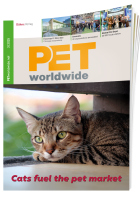



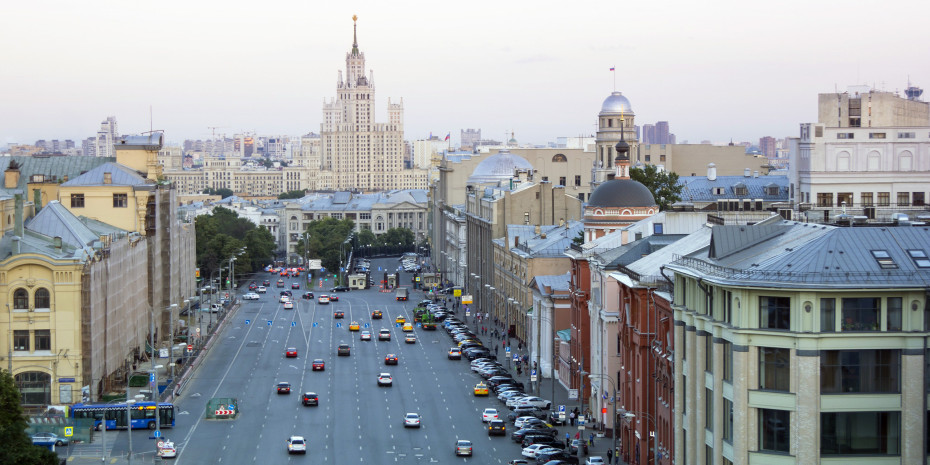


 1/2025
1/2025

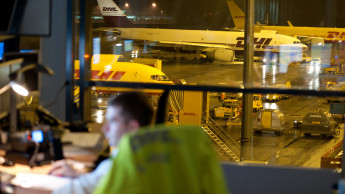
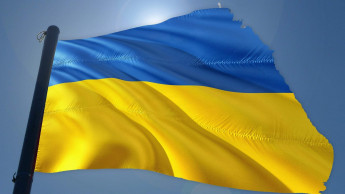
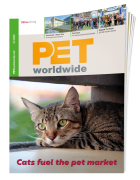


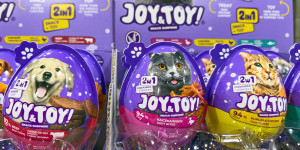


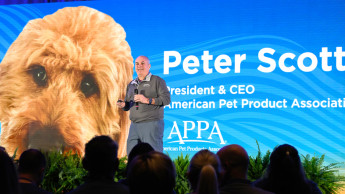
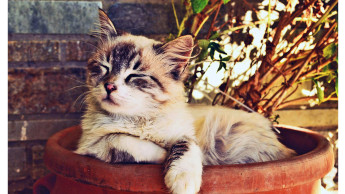

 Newsletter
Newsletter